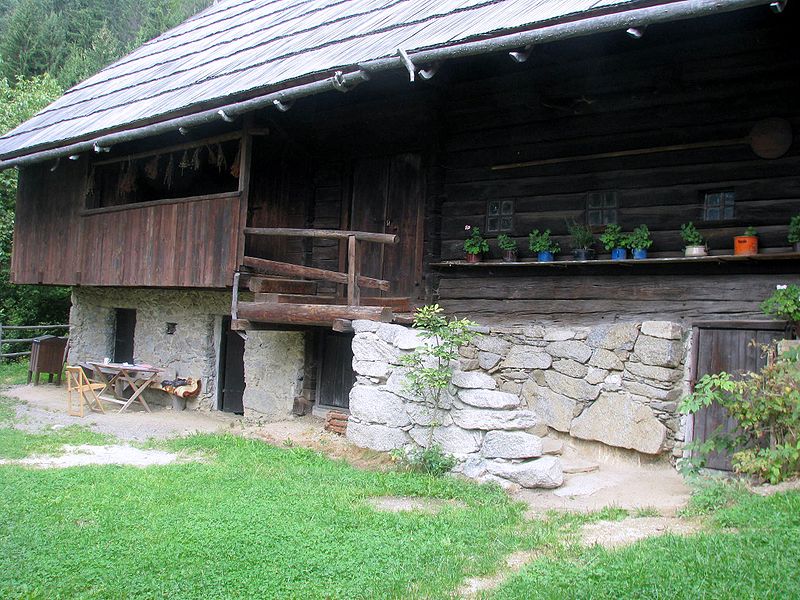 |
|
 |
|
| About · Contact · Help · Desk · ⚙ · 3,564 articles | Contents · A–Ž index |
(imported from XML by extractor/importer) |
m (Text replace - "{{Abstract" to "{{Teaser") |
||
| Line 13: | Line 13: | ||
| − | {{ | + | {{Teaser| |
[[Kavčnik Homestead]] is a splendid example of Slovene vernacular architecture, specifically the dimnica (wooden open-hearth house) architecture of the Alpine region, of which it forms the southernmost surviving example. It was opened in 1992 and was nominated for the Museum of the Year Award in 1993. | [[Kavčnik Homestead]] is a splendid example of Slovene vernacular architecture, specifically the dimnica (wooden open-hearth house) architecture of the Alpine region, of which it forms the southernmost surviving example. It was opened in 1992 and was nominated for the Museum of the Year Award in 1993. | ||
}} | }} | ||
This logo is missing!
If you have it, please email it to us.
Buildings of this type prevailed in Slovenia until the late 18th century when, because of frequent fires, the authorities began to adopt strict measures to ban them. They were subsequently replaced by buildings with a more modern layout and a stone-built open-hearth kitchen.
The oldest part of the homestead is the dimnica (the owners appropriately called it the kuhna or kitchen); the little windows in the dimnica with their unique sliding mechanism, and details of the wooden hinges at the entrance door to the shed, confirm that the core of the building, including the shed, probably dates from the 17th century. The preserved dimnica was at that time the only living quarter in the Kavčnik homestead. Nowadays, the fire is kept burning in the hearth, filling the room with smoke. Red eyes and irritated lungs do not fail to convince the visitor that life may have been much more relaxed in the past, but hardly as romantic as we like to imagine.
 The entrance of Kavčnik Homestead, a museum of folk architecture with the core of the building -the smoke house - dating from circa 17th century. +
The entrance of Kavčnik Homestead, a museum of folk architecture with the core of the building -the smoke house - dating from circa 17th century. +Culture.si offers information on Slovene cultural producers, venues, festivals and support services, all in one place. It encourages international cultural exchange in the fields of arts, culture and heritage. The portal and its content is owned and funded by the Ministry of Culture, funded by the European Union Recovery and Resilience Plan and developed by Ljudmila Art and Science Laboratory.